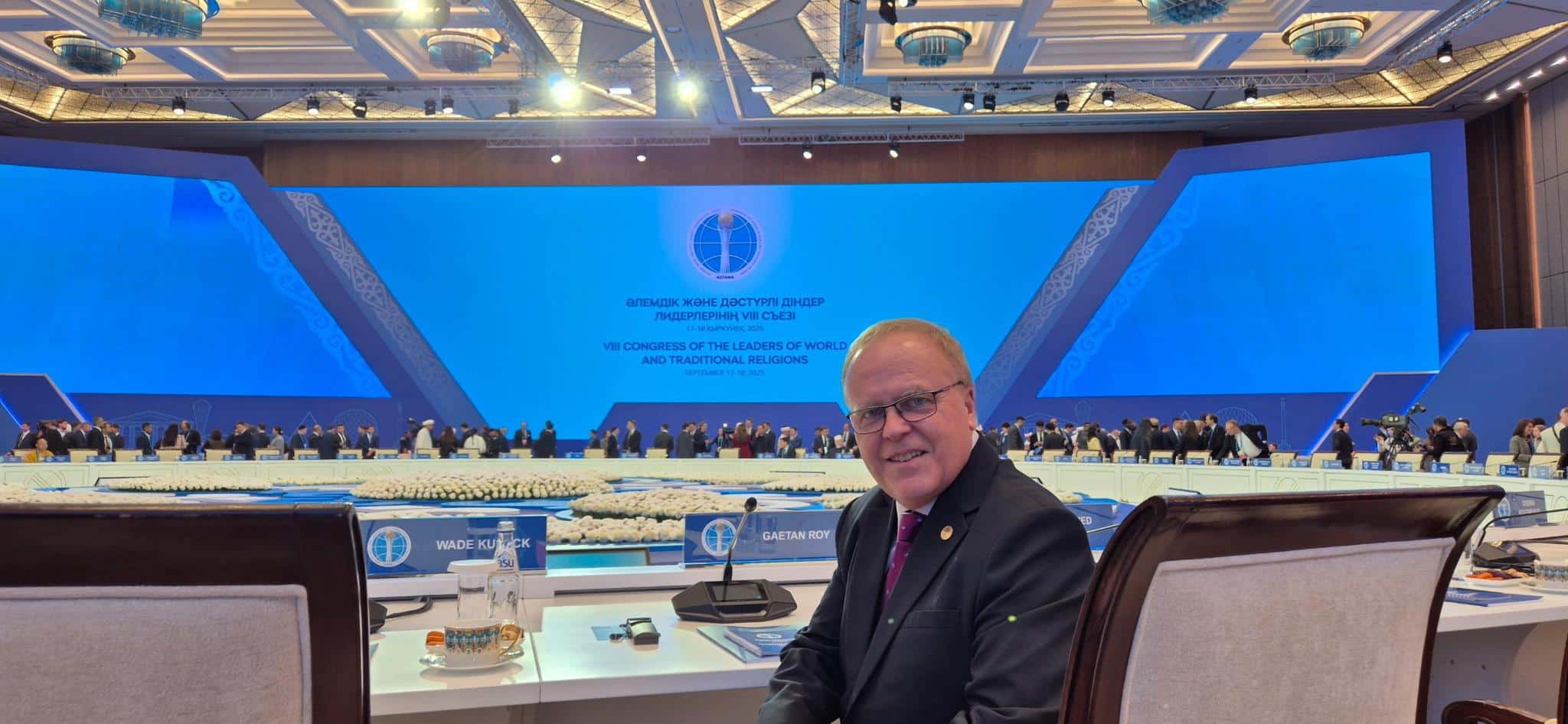Eight Christians were recently arrested on charges of seeking to convert students at schools by distributing a booklet on the life of Jesus, which is Nepal’s first case related to practice of religion since the nation adopted a new constitution last year to complete its transition from a Hindu monarchy to a democracy. The case exposes the charter’s disrespect for religious freedom and offers a glimpse into the new republic’s future.
On June 9, police in Charikot area of Nepal’s Dolakha District arrested eight representatives of the Christian group Teach Nepal after they distributed a booklet, “The Story of Jesus,” during a seminar held in Christian schools on post-traumatic stress, as many continue to be under stress one year after a 7.8-magnitude earthquake struck Nepal and killed around 10,000 people and destroyed tens of thousands of homes. Police charged the Christians with trying to convert the students, although the booklet merely narrates the life of Jesus, something that is already part of the school curriculum.
The Christians were released on bail nine days later, but the charges remain.
Soon after the incident, Nepal’s Ministry of Federal Affairs and Local Development also sent a circular to all non-governmental organizations (NGOs), threatening to revoke their registration if one of their objectives include “propagation of religion.” This was apparently targeted at Christians as all churches and Christian groups in the country are registered as NGOs. There is no law providing for the formation of a religious organization.
This clearly amounts to disrespect for religious freedom, which flows out of the new constitution.
The Preamble to the 2015 Constitution of Nepal prescribes “protecting and promoting social and cultural solidarity, tolerance and harmony, and unity in diversity by recognizing the multi-ethnic, multi-lingual, multi-religious, multi-cultural and diverse regional characteristics, resolving to build an egalitarian society founded on the proportional inclusive and participatory principles in order to ensure economic equality, prosperity and social justice, by eliminating discrimination based on class, caste, region, language, religion and gender and all forms of caste-based untouchability.”
Article 4(1) further states that “Nepal is an independent, indivisible, sovereign, secular, inclusive, democratic, socialism-oriented, federal democratic republican state.” However, it goes on to define “secularism” as having “religious, cultural freedoms, including protection of religion, culture handed down from the time immemorial.” In other words, it mandates the State to “protect” the majority religion of Hinduism and the Hindu culture.
Moreover, Nepal’s General Code states in Chapter 19: “No one shall propagate any religion in such manner as to undermine the religion of other nor shall cause other to convert his or her religion. If a person attempts to do such act, the person shall be liable to imprisonment for a term of Three years, and if a person has already caused the conversion of other’s religion, the person shall be liable to imprisonment for a term of Six years, and if such person is a foreign national, he or she shall also be deported from Nepal after the service of punishment by him or her.”
Furthermore, a new code being considered by lawmakers would provide that “no person has the right to convert or incite a citizen to conversion to religions other than their own.” This would prove to be far worse than the “anti-conversion” laws in neighboring India, which at least says that converting others is banned only if it is done by the use of force, allurement or fraudulent means. The punishment prescribed for violation of Nepal’s planned code would range from a fine of $5,600 to five years in prison.
The arrival of democracy has had a bearing on the religious freedom scene in the country, but for the worse. And there are at least six reasons for it.
One, the timing of the promulgation of the new constitution coincided with the rule of the Hindu nationalist Bharatiya Janata Party (BJP) in India, which shares a long, open border with southern Nepal. India is highly influential in Nepal’s domestic politics. New Delhi’s role has been suspected in all major political developments in Nepal, from the establishment of the party-less panchayati (self-governance) system under the absolute monarchy in the 1960s to the kingdom’s fall in 2006.
Two, Nepal’s northern neighbor, China, too, has been against religious freedom, as it sees the promotion of freedom of religion or belief as a “Western conspiracy” to make people pro-West. In other words, curtailing religious freedom in the new constitution was a “safe” decision as far as Nepal’s neighboring countries were concerned.
Three, Nepal wants to assert its sovereignty now that it’s a democratic republic. When British Ambassador to Nepal, Andy Sparkes, wrote an op-ed in a national newspaper, Republica, in 2014, urging Nepal’s lawmakers “to ensure that the right to change religion is protected,” as recognized in international covenants, it was seen as “interference” in Nepal’s internal affairs and “pressure” by a Western power. The right to people’s freedom to propagate their religion thus got linked to the country’s independence and sovereignty.
Four, Nepal, which has never been colonized, had long been seen by the outside world as a “Hindu nation,” though it was never a theocracy. And many Nepalese people see Hinduism as an integral component of the national identity in their otherwise diverse nation. The fall of monarchy, therefore, led to fears that Hinduism, without state protection, could come under attack.
Five, although the size of Hindu nationalist forces in Nepal is small, they have the support of powerful Hindu nationalists in India, who are protective about the dominance of Hinduism and Hindu elites in Nepal, as it gives them vicarious pleasure as well as a narrative for promotion of their ideology. There are two Hindu nationalist conglomerates in Nepal, though informal: one led by their Indian counterparts and the other by local Rightwing politicians who are royalists. It’s the former that is more aggressive.
Six, although the country’s parliament is now elected by the people of Nepal, its bureaucracy, police and judiciary are still dominated by royalists and Hindu nationalists. And they continue to resist, mostly behind the scenes, any progressive measure in the country.
While Nepal’s resistance to religious freedom is understandable given these six reasons, the country’s leaders have failed to evaluate their apprehensions, and have shot themselves in the foot. For, countries that recognize religious freedom of the people are, in the long run, more prosperous and have better living conditions than those that restrict civil rights. No one would doubt that countries like Canada, the United States and most parts of Europe, for example, are better and safer places to live than, say, Iran, Saudi Arabia or North Korea.
Nepal, of course, cannot be compared to Saudi Arabia or North Korea, but the progress of the people of any nation is often relative to the degree of civil freedom their governments recognize. Religious freedom is not something that benefits Christian nations in the West, as is often perceived in some countries. This freedom allows people to live their lives with the dignity they have as human beings, and no nation should rob their citizens of it. It was for the dignity of the citizens that Nepal’s civil war fought to put an end to the monarchy.
This is what Nepal’s leaders need to be reminded of.
——————————
World Evangelical Alliance (WEA) Religious Liberty Commission (RLC) sponsors this WEA-RLC Research & Analysis Report to help individuals and groups pray for and act on religious liberty issues around the world. WEA has a consultative status with the UN Economic and Social Council.
This report was researched and written by Fernando Perez, and moderated by the WEA-RLC Executive Director, Godfrey Yogarajah. It can be used for distribution or publication with attribution to WEA-RLC.
——————————





Stay Connected